Search Results for "end of life"
Found 37 movies, 3 TV shows, and 0 people
AI Search
Can't find what you're looking for?
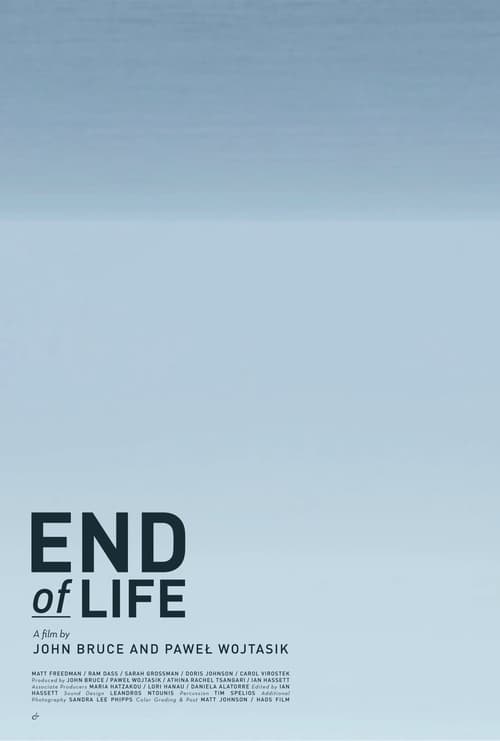
End of Life is the product of four years spent by John Bruce and Paweł Wojtasik with five individuals at various stages in the process of dying. The filmmakers trained to be end-of-life doulas and documented hundreds of hours of interactions with their subjects.
End of Life
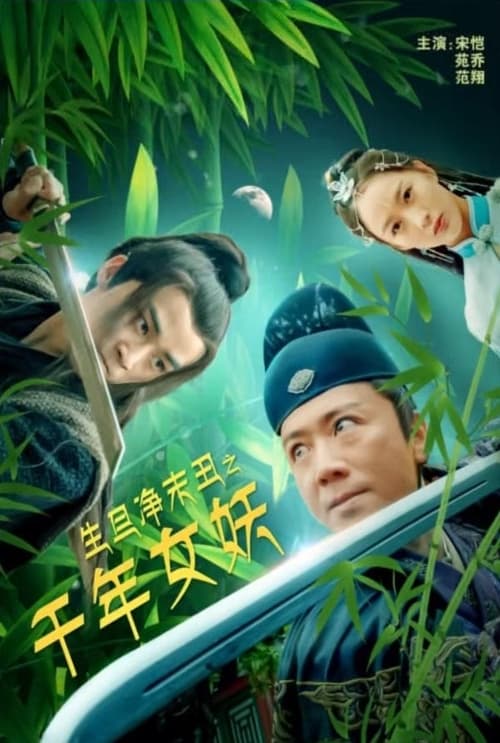
No description available for this movie.
The End of Life is the End of Ugliness Millennium Banshee

A documentary about the conclusion of Life on Mars
The End of 'Life on Mars'

The first religious film about Laurel and Hardy.
The Last Laurel and Hardy Fan at the End of His Life

Student documentary film from FAMU in Prague.
Meditation on the End of Human Life

An eight-minute-long video by Daniel Lopatin consisting of a looped animation from Manhunter: New York and a synth funk track chopped in Lopatin's trademark 'eccojams' style.
End of Life Entertainment Scenario #1

Life at the End of the Rainbow is a 2002 documentary by Australian filmmaker Wayne Coles-Janess about the small farming community of Rainbow, population 500, which lies on the edge of the Big Desert, North Western Victoria, Australia.
Life at the End of the Rainbow

A look at the story of the rope and its many uses in Great Britain during the 1960s.
Look at Life: At the End of a Rope
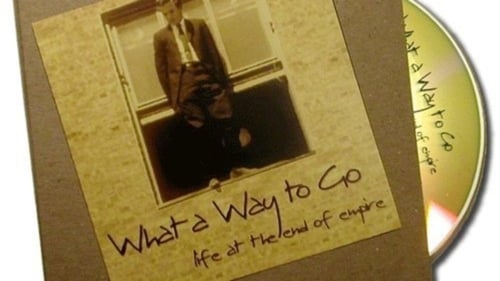
Tim Bennett, middle-class white guy, started waking up to the global environmental nightmare in the mid-1980s. But life was so busy with raising kids and pursuing the American dream that he never got around to acting on his concerns. Until now… Bennett journeys from complacency to consciousness in his feature-length documentary, What a Way To Go: Life at the End of Empire. He reviews his Midwestern roots, ruthlessly examines the stories he was raised with, and then details the grim realities humans now face: escalating climate change, resource shortages, degraded ecosystems, an exploding global population and teetering global economies.
What a Way to Go: Life at the End of Empire

Edward Peden purchased a former US military launch site in the 1980s, and has been living in it ever since. Meanwhile, Larry Hall is building million-dollar condominiums inside of an underground missile silo.
The Condo at the End of the World: Life Inside a Nuclear Missile Bunker

“There are candies in a child’s life. There are trees, flowers, insects. There is no death in a child’s life. For him, all beauty that exists will exist forever.”
Why Life Ends?

The captain Alekos Nikolopoulos doesn't get along with his wife. One day, he receives a letter from a woman he had met before the war who reminds him that she is pregnant.
That's How My Life Ended
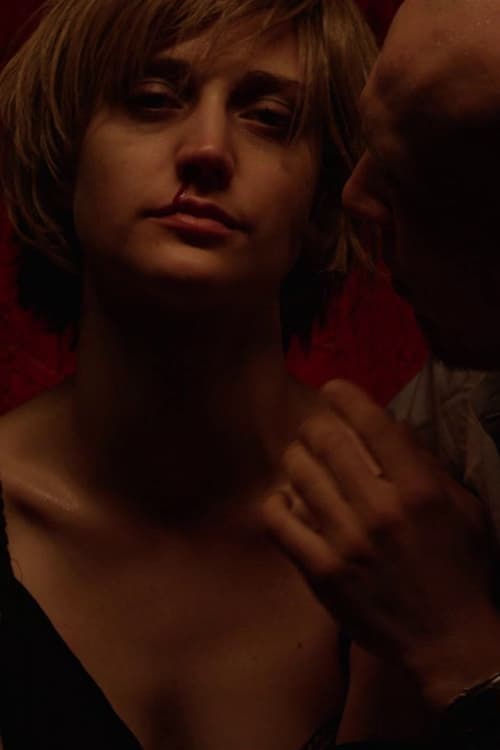
Two girls are trying to get drugs in late-hour Vilnius while their adventures open up woeful city's nightlife, full of apathy and failed communication.
Life Is Beautiful And Never Ends
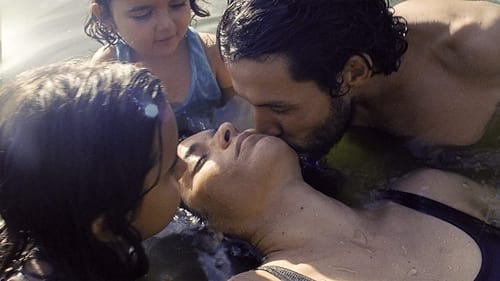
Cancer appeared one morning on her right breast and suddenly life became fragile and precious. A filmmaker decided to chronicle time passing, with all its beautiful simplicity. The film diary of a family, pieces of an Argentinian fiction film that wants to be completed, a tumor that dreams to be loved, two hunters looking for something to kill. The film glides between reality and fiction as the filmmaker tries to grasp the essence of his passing life.
Life Begins, Life Ends

Shattered by the death of his beloved, Hardi had tried countless times to kill himself. But in the end, he discovered a way to redirect that urge: by murdering others instead.
A Man Trying to End His Life
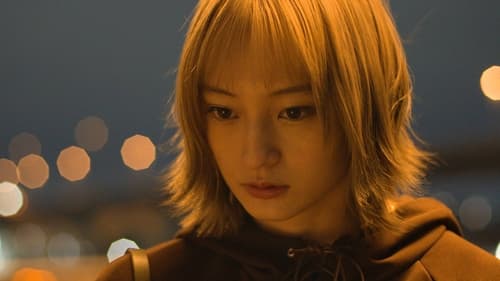
Saya who came to Tokyo after being traumatized by an incident eight years ago. She learns that the man involved in the case has been engaged to her sister and returns home without being able to stand. Saya's radical words and deeds involve the people around him and reveal their hidden humanity.
Ruined
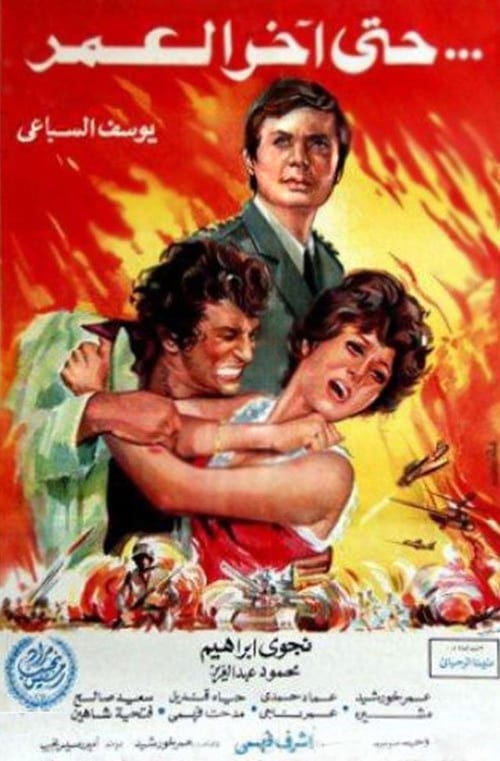
"Mona" girl club girls admire young "Ahmed" who does not exchange love for love, but does not care about them at all, travel abroad on a business trip. One day Mahmoud hints at "Mona" and admires her and marries her. The father agrees and they get married. They live a happy life. Ahmed returns from abroad. The case is confirmed when Mahmoud sees him and Ahmed in the club, so he decides to divorce her, but he goes to the front. But she resists, and renewed her hope to recover "Mahmoud" after the return of a colleague from abroad has recovered from injury Similar to Mahmoud's injury.
Hatta Akher AlOmr
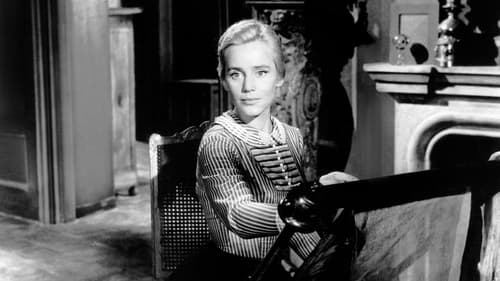
Normandy, second half of the nineteenth century. Jeanne Dandieu lives in a manor house with her parents and their servant Rosalie. She gets to know Julien, a handsome man, whom she soon marries. Her happiness is short-lived as she finds out that not only has Julien married her for her money but he cheats on her as well, with Rosalie to crown it all.
End of Desire

A seemingly funny story set in a seaside shanty town consisting of cramped beach huts with no view of the sea; crying children in a car, enough luggage for an expedition to distant parts, traffic jams in the rain, a sudden swerve... There is a certain degree of seriousness behind a story whose ups and downs are determined by chance encounter. (Belgian Cinematek)
Weekend

A live-action short film following Asuka and Misato from "Evangelion" as ordinary people outside of the universe of Evangelion.
Neon Genesis Evangelion: Theatrical Edition #26 Live Action Part (Special Rush Edit Version)
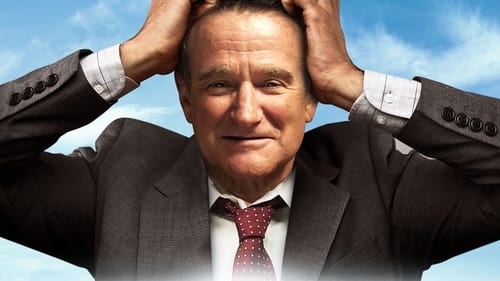
After learning that a brain aneurysm will kill him in about 90 minutes, a perpetually unhappy man struggles to come to terms with his fate and make amends with everyone he has ever hurt.
The Angriest Man in Brooklyn

A raw and telling portrait of a people left behind by the modern world, inspired by the work of photographer Martin Martinček - whose pictures of the inhabitants of the Liptov region in central Slovakia, encompassed by the Tatra mountains, distilled entire lifetimes into luminous and intransient images. Dušan Hanák's continuation of these photographs takes the shape of a poetic visual essay, capturing more comprehensive vignettes of their isolated human experiences.
Pictures of the Old World

No description available for this movie.
Peaceful Death

After leaving the asylum, Vincent van Gogh settles in the home of Doctor Gachet, where he keeps painting amidst the torments of his failing mental health. He begins an affair with his host’s daughter, however, she soon realizes that he doesn’t love her and that his heart beats only for art.
Van Gogh

Northern Portugal. An imposing residence with its garden and magnolia tree. As we know, home is a place that film, this outdoor art, has often used to depict less the joys of family life than a pernicious space. André Gil Mata has made it his stage, with its rooms, its furniture, what plays out there and what has already played out there. From one room to another, from one era to another, the film delves deep into this enclosed space, a kind of suffocating box.
The Flame of a Candle
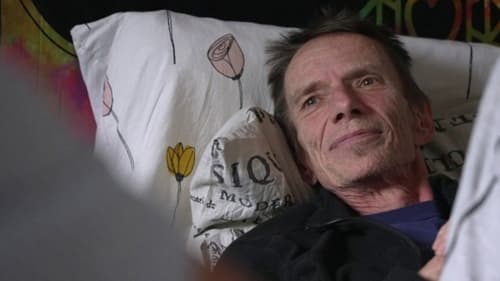
Marina Carrère d'Encausse lifts the veil on the intimate questions that preoccupy her as well as society at large: those related to the end of life. The doctor-journalist introduces Antoine, her partner, who is suffering from Charcot's disease, an incurable illness, and who wishes to choose how he ends his life. Is the current law in France sufficient? Should it simply be better enforced, allowing better access to palliative care? Should assisted suicide and euthanasia be legalized? Marina meets with patients concerned about the end of life, caregivers, and politicians in France, as well as in Belgium, Switzerland, and Canada, countries where euthanasia and assisted suicide are legal.
Fin de vie : pour que tu aies le choix

Brussels, La Monnaie Opera House. Three people near the end of their lives meet with choreographers, actors and musicians. They take part in a unique experience which involves music, dance and silence. Their journey becomes a tribute to the fragility of the human condition, between reality and representation, tragedy of the body and freedom of the spirit. Together they question their own relationship with death.
Before We Go

Lui, a struggling author with a heart condition, and his wife Elle, a retired psychiatrist, find their idyllic life shattered when Elle begins to succumb to the effects of dementia.
Vortex
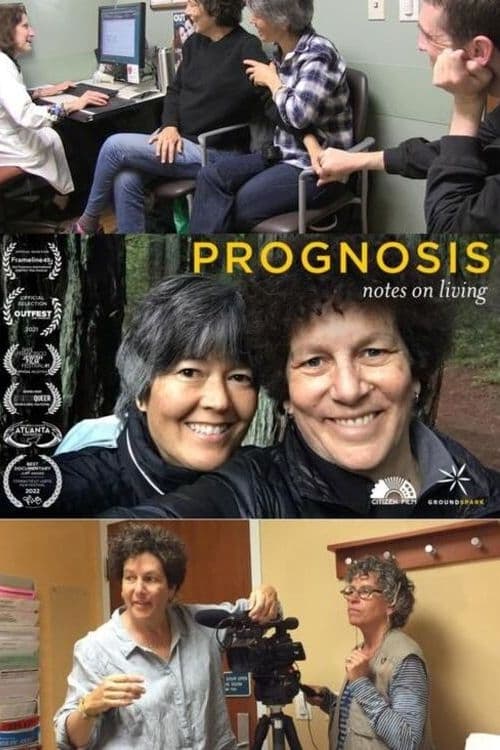
When filmmaker Debra Chasnoff faces stage-4 cancer, she turns her lens on herself and the disease. What emerges is a portrait of her extended LGBTQ family —a story about hanging on while letting go.
Prognosis: Notes on Living

Christopher Kerr is a hospice doctor. All of his patients die. Yet he has cared for thousands of patients who, in the face of death, speak of love and grace. Beyond the physical realities of dying are unseen processes that are remarkably life-affirming. These include dreams that are unlike any regular dream. Described as "more real than real," these end-of-life experiences resurrect past relationships, meaningful events and themes of love and forgiveness; they restore life's meaning and mark the transition from distress to comfort and acceptance.
Death Is But a Dream
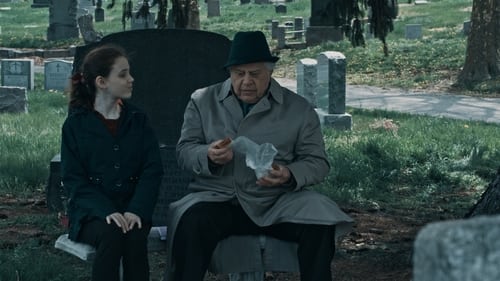
A lonely and elderly widower struggles to come to terms with the loss of his wife and the circumstances surrounding her death. When he visits her grave, he encounters a little girl who shows him the path to healing and fills him with hope.
Abigail

Röbi has lung cancer and only a few months to live. He does not want chemotherapy or radiation. The film accompanies Röbi on the last metres of his life.
Röbi geht
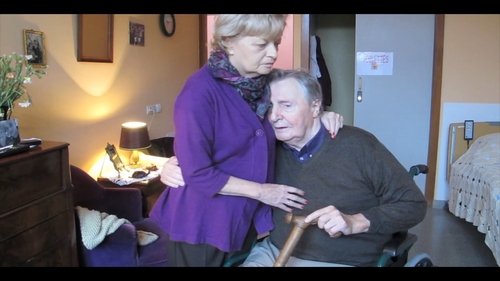
Lou Colpé has been filming her grandparents since she was 15. In the process of this intense relationship, she notices some disconcerting signs in her grandmother: Alzheimer’s is slowing her down. A new film begins, a tougher one: the story of a couple that must face a tremendous challenge. Struggling against the tide of oblivion, the task of filmmaking becomes the ultimate act of resistance. Trying to retain the last images of her grandparents, an intimate conversation begins and echoes through the songs that play on the radio, conjuring lost stories and memories.
Passing Time
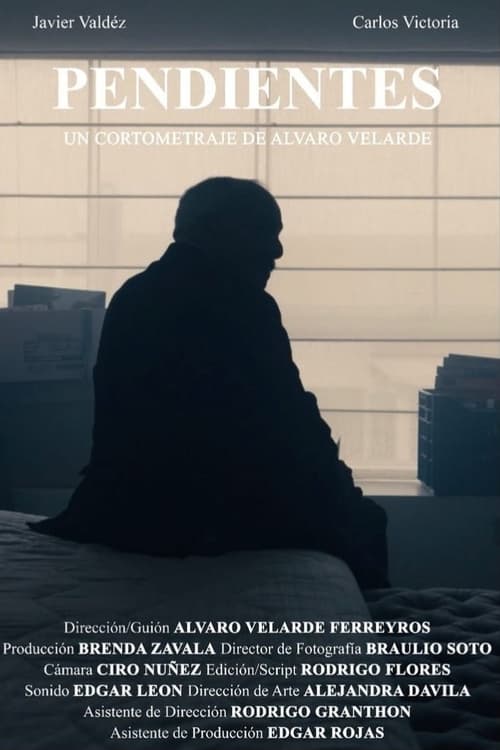
A love that seems to be eternal begins to end. Aurelio will do everything possible to make his inheritance fall into the hands of the love of his life, Ricardo, once he dies.
Pendientes
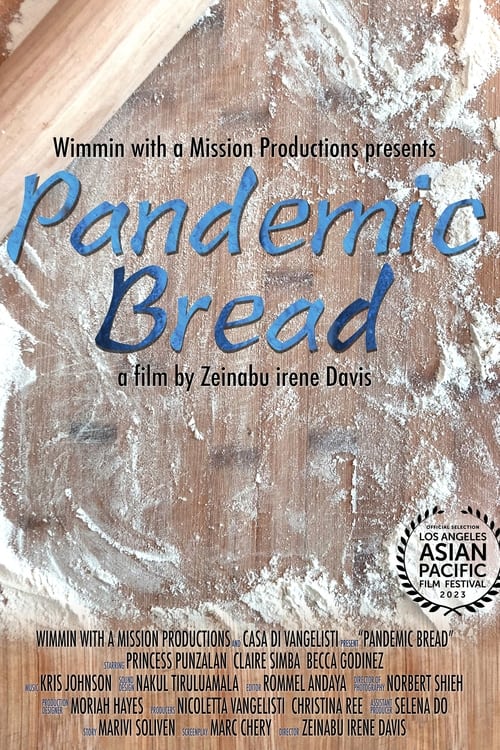
Luz, a Filipina interpreter, takes a call from Dr. Femi Balogun to discuss the end-of-life options for Remedios, an elderly Filipina woman in the hospital ICU during the early months of the COVID pandemic.
Pandemic Bread
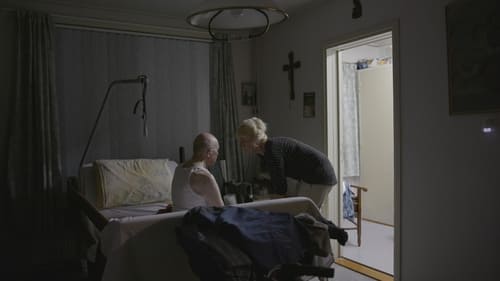
Janneke has been working as a volunteer in palliative terminal care for over twenty years, both in the hospice and in people's homes. In The Night Watchman we see Janneke both in her daily life and while waking. Scenes in which surprising parallels and paradoxes show Janneke's position in her life and how they seem to embrace death at first sight.
De nachtwaker

After a terminal diagnosis, Herb Kaplan seeks peace with his broken family and the joy he long overlooked. As old wounds heal and new bonds form, he learns to cherish the sweetness in front of him and say goodbye on his own terms.